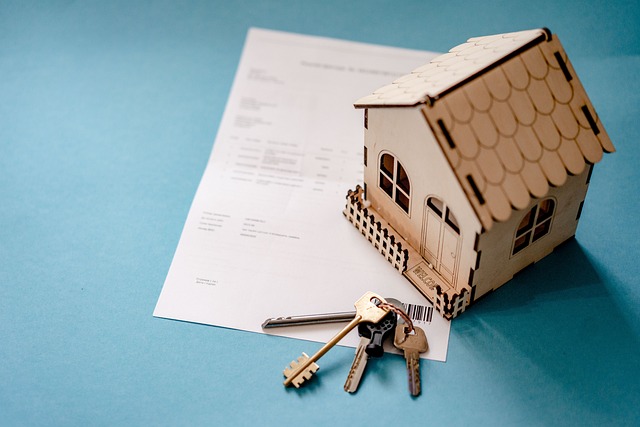Turning the Tides: Understanding the Impact of Sea-Level Rise on Coastal Real Estate
Coastal real estate has always held a certain allure, with its stunning views and direct access to the ocean. However, the increasing threat of sea-level rise has introduced a new dynamic to the sector. This piece will delve into the history, current trends, and potential future implications of this ecological issue on the coastal property market.

The ocean’s encroachment on land isn’t a new phenomenon, but its acceleration due to climate change has become a significant concern for coastal communities and real estate investors alike. This growing challenge could potentially transform the coastal real estate landscape, raising questions about the long-term viability of investment in these areas.
History and Context
The sea-level rise issue dates back to the mid-20th century when scientists began noticing a gradual increase in global sea levels. This trend has accelerated in recent years due to melting polar ice caps and thermal expansion caused by global warming. Consequently, coastal regions are at an increasing risk of flooding, erosion, and other environmental hazards, which are detrimental to property value and real estate investment.
Current Market Trends
Despite the risks, coastal properties continue to command high prices and attract investors. Some attribute this to information asymmetry, where buyers may not be fully aware of the associated risks, or they may be betting on short-term gains, dismissing long-term threats. Others believe that current market prices do not fully reflect the risk of sea-level rise, and when they do, we may witness a significant market correction.
Advantages and Challenges
Investing in coastal real estate comes with its unique set of advantages and challenges. The obvious advantage is the high rental income and property appreciation due to the high demand for coastal homes. The main challenge, however, is the increasing risk of physical damage due to sea-level rise and the potential for these properties to become uninsurable, which could lead to a sharp depreciation in value.
Impact on Buyers, Sellers, and Investors
Sea-level rise presents a conundrum for buyers, sellers, and investors. Buyers need to be aware of the risks associated with purchasing coastal properties, including potential loss of property, increased insurance costs, and reduced resale value. Sellers may face difficulties selling properties in high-risk areas, while investors need to factor in the potential for property devaluation due to increased flooding risk.
The Future of Coastal Real Estate
Given the current trends, the future of coastal real estate remains uncertain. Some experts predict a “managed retreat” strategy, with property owners progressively moving away from high-risk areas. Others foresee technological advancements that could help mitigate the risks. What is evident, though, is that sea-level rise will continue to be a significant factor influencing the coastal real estate market.
In conclusion, the impact of sea-level rise on coastal real estate is a complex issue that requires careful consideration from buyers, sellers, and investors. The allure of coastal properties might be undeniable, but the risks associated with them are growing more evident with each passing year. As such, staying informed and considering all factors is key when venturing into this sector of the real estate market.




